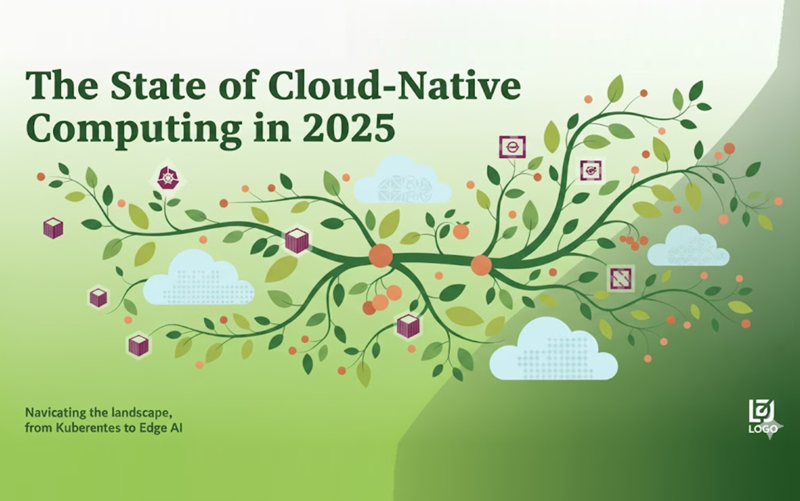
"Cloud-native, meaning cloud-first, you're kidding, right? Sorry, it's not 1999 anymore, we've moved past the CIO & CTO conversations that happened in the early days of cloud, where the incredulous notion of hosting data and application resources in a Software-as-a-Service (SaaS) model was thought to be the talk of mad folk. As we know, the last quarter century has seen on-premises private cloud dovetail with hybrid cloud, while the gargantuan movement of public cloud SaaS eventually gave birth to the notion of cloud-native."
"According to the newly released State of Cloud Native 2025 report by CNCF and SlashData, there are 15.6 million developers adopting cloud-native tools, which means that cloud-native technologies are now a cornerstone of modern software delivery. However, only 30% of backend developers surveyed say they use Kubernetes, a decrease from its peak of 36% in Q3 2023. "Further, only 41% of professional AI developers are cloud-native, despite their infrastructure-heavy workloads."
Cloud-native denotes a cloud-first approach that evolved from early cloud debates to private, hybrid, and public SaaS movements and now to standardized cloud-native practices. The Cloud Native Computing Foundation supports global events like KubeCon CloudNativeCon that gather wide industry participation. The State of Cloud Native 2025 report counts 15.6 million developers adopting cloud-native tools, making those technologies central to modern software delivery. Kubernetes adoption among backend developers fell to 30% from 36% in Q3 2023. Only 41% of professional AI developers identify as cloud-native despite heavy infrastructure needs. Increasing platform engineering and internal platforms abstract Kubernetes complexity, so organisations must retain Kubernetes expertise for troubleshooting and optimisation.
Read at Techzine Global
Unable to calculate read time
Collection
[
|
...
]